May 30, 2025 | 15:07 GMT +7
May 30, 2025 | 15:07 GMT +7
Hotline: 0913.378.918
May 30, 2025 | 15:07 GMT +7
Hotline: 0913.378.918
As zoonotic diseases continue to rise, the wildlife trade has been identified as a high-risk link in the chain. To help manage these risks early on, the World Organisation for Animal Health (WOAH) has released the Wildlife Trade Disease Risk Mitigation Guidelines for relevant authorities, promoting a comprehensive and One Health approach that balances economic benefits, conservation, and public health.
Nguyen Ngoc Tien, a representative from the Department of Livestock Production and Animal Health, considers WOAH’s guidelines a scientific and holistic advancement, particularly well-suited for assessing disease risks in Vietnam’s wildlife trade and consumption chain. However, he emphasized that effective implementation starts with identifying all potential risk points.

A representative of the Department of Animal Health and Production proposed that it is necessary to develop a clear and unified process for each stage to minimize the risk of disease arising from this activity. Photo: ENV.
“We deal with three main wildlife sources: free-ranging species, legally farmed species, and species banned from hunting. Each group has distinct characteristics that require separate assessments,” Tien explained. He suggested mapping out all stakeholders in the chain, from hunters, transporters, breeders, and slaughterers to consumers and law enforcement officials, such as forest rangers and market inspectors.
“Only by identifying all participants can we determine who poses the highest risk, and design appropriate control measures accordingly,” the Department's representative stressed.
Tien also noted that while Vietnam has a fairly complete legal framework for wildlife protection, it still lacks a standardized protocol for sampling, testing, handling confiscated animals, and protecting frontline workers who come into direct contact with wildlife.
Every day, hundreds of wild animals are confiscated and transferred to rescue centers by Vietnamese law enforcement. However, Jake Brunner, Regional Director of IUCN for the Lower Mekong Subregion, emphasized that rescue is only a temporary solution, not a sustainable way to manage disease risks.
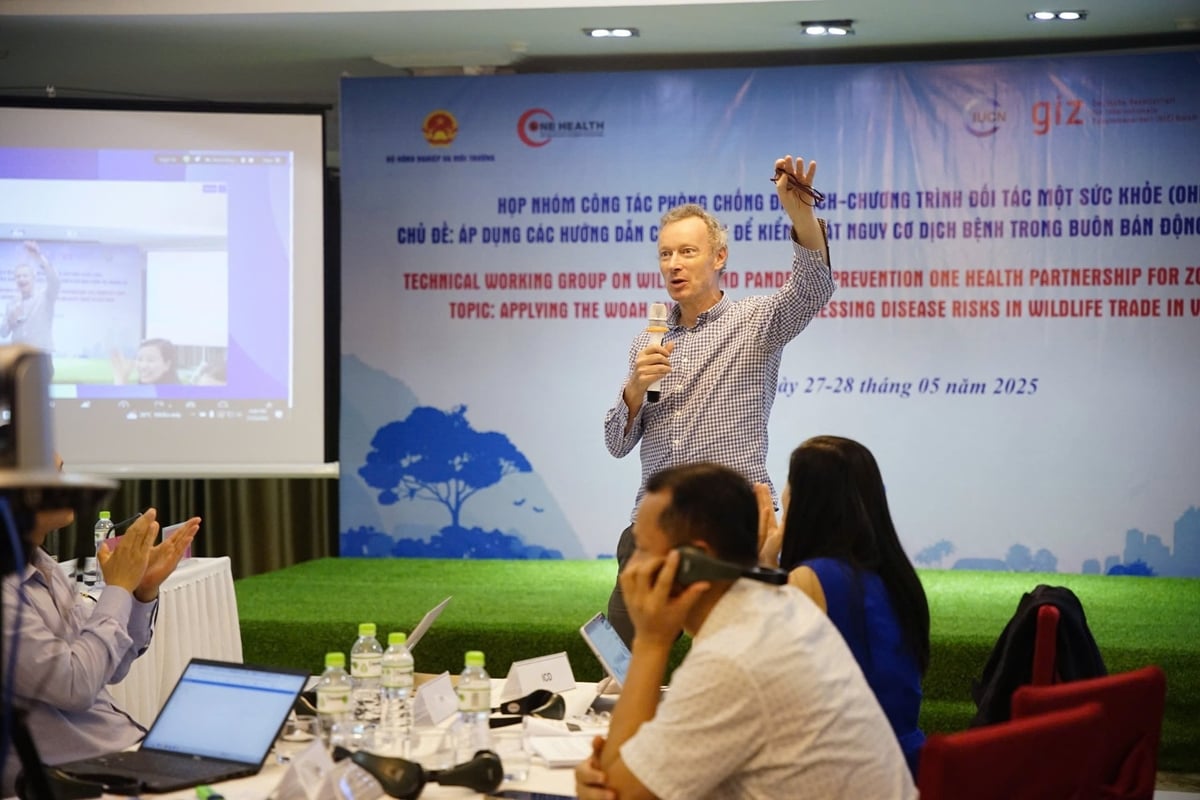
Jake Brunner, Regional Director of IUCN for the Lower Mekong Subregion. Ảnh: Linh Linh.
“I'd like to emphasize that the best way of reducing any risk of reintroduction, of course, is to reduce the rate at which animals are being poached and removed from the forest in the first place”, Brunner said. Yet, he argued that the most effective method is to focus on the upstream prevention.
“As soon as that animal is taken from the forest, its survival rate goes down, the costs to the state in terms of handling, confiscating, and handling these animals go up. And at the same time, Vietnam's biodiversity is being reduced and damaged”, he warned.
One Health Partnership (OHP) Framework provides an institutional framework, co-led by the Ministry of Agriculture and the Environment and the Ministry of Health, with about 40 development partners and international NGOs and research centers, so it provides a comprehensive and operational institutional structure within which the work of IUCN and many other partners can operate.
“And the strategy is to use OHP to convene partners to share information, to discuss the policy implications. So that's our strategy”, he shared.
According to Pawin Padungtod, Senior Technical Coordinator at ECTAD (FAO), there needs to be a clear distinction between risks posed by captive and wild animals. For captive species, biosecurity measures used in livestock farming, such as separation, hygiene, and disinfection, can be applied.
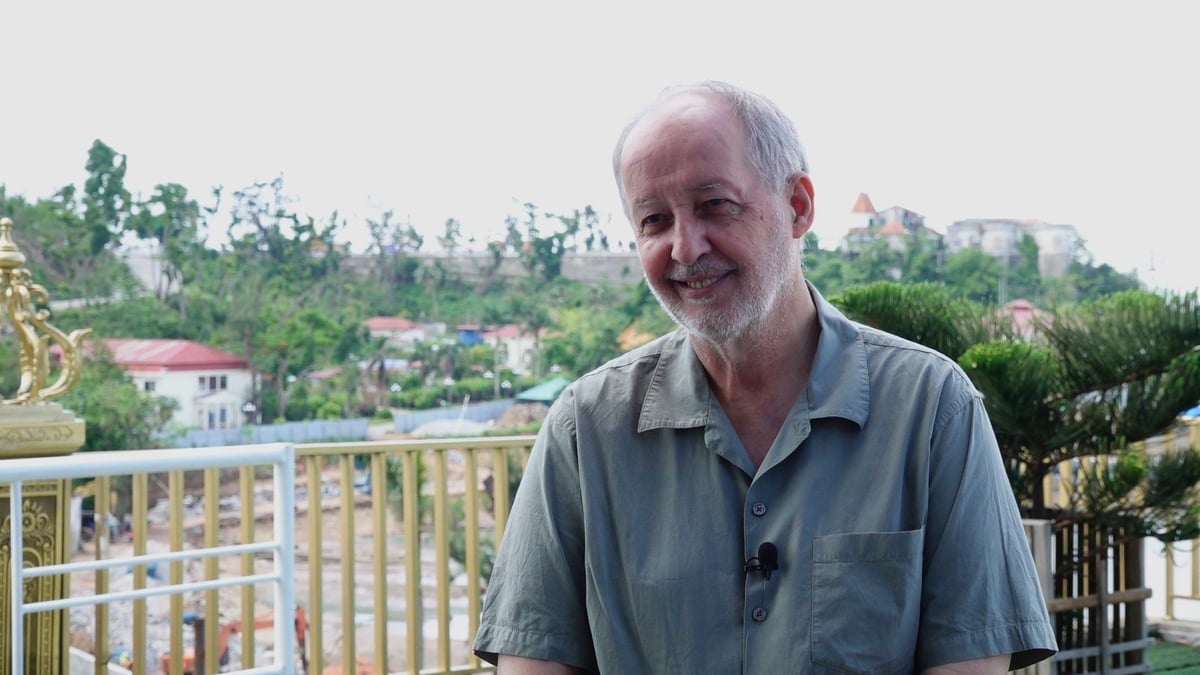
Mr. Serge Morand, member of the One Health Senior Advisory Board of the WHOA, WHO, FAO, UNEP Alliance, shared at the Special Meeting on Controlling Disease Risks in Wildlife Trade. Photo: Thanh Thuy.
“But for animals in the wild, then, then I think it's up to the people who visit their habitats, you know, to protect themselves. And this can also be achieved by using basic hygiene principles, for example, washing hands, keeping clean”, he recommended.
At the technical session on disease risk control in wildlife trade, Serge Morand, a member of the High-Level One Health Expert Panel of the WHOA-WHO-FAO-UNEP alliance, stated that this integrated approach is crucial for countries seeking to manage animal health, particularly that of wildlife, more effectively.
“Vietnam is taking bold steps in areas still under-prioritized in many countries, such as ecosystem health, wildlife health, and biodiversity conservation under the One Health framework. This approach promises stronger outcomes in mitigating zoonotic disease risks, not only in livestock and wildlife, but also for human health,” Morand affirmed.
Translated by Linh Linh

(VAN) Ms. Nguyen Thi Dung, Deputy Director of Ngoc Hoang Cooperative, shared about the journey of bringing dragon fruit to Europe, achieving annual revenues in the billions of VND.
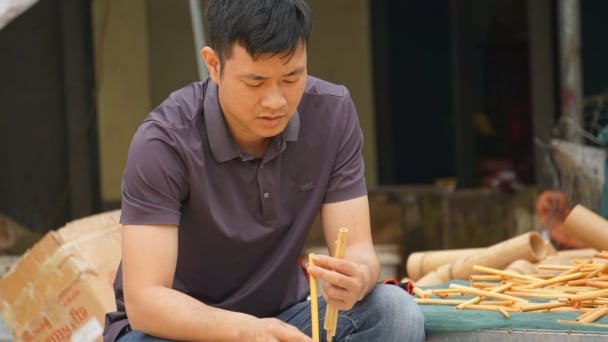
(VAN) Bamboo products from Thang Tho Bamboo Cooperative have reached many countries around the world, while also creating jobs for local workers.
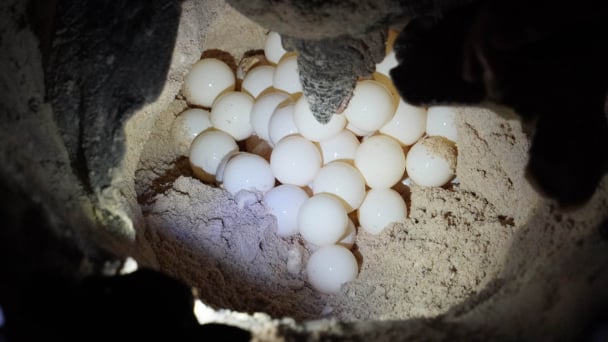
(VAN) The Management Board of Con Dao National Park reported that a green sea turtle, tagged in the Philippines, has traveled thousands of kilometers to lay 84 eggs on Bay Canh Islet.
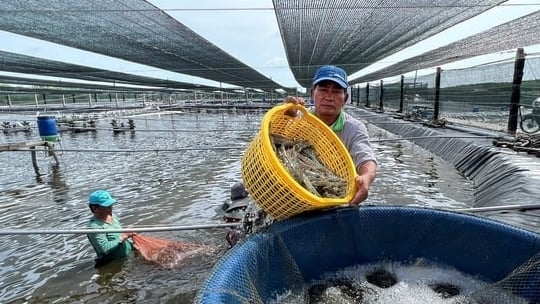
(VAN) Green technology is paving a new path for sustainable aquaculture in the Mekong Delta in particular and across the country in general, helping reduce emissions and adapt to climate change.
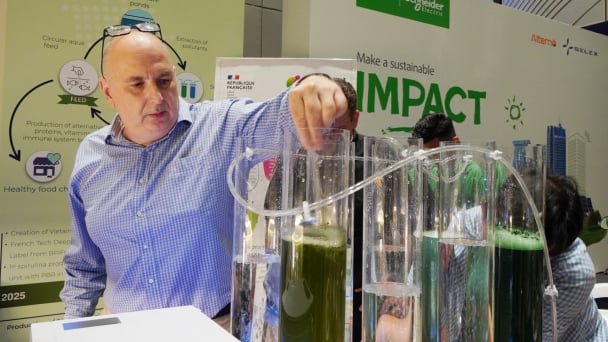
(VAN) On May 27, La French Tech Vietnam (the French startup and innovation community in Vietnam) held the French Tech Summit Vietnam 2025.
/2025/05/27/4731-2-223159_980.jpg)
(VAN) No votive paper, no styrofoam, no plastic bags, no plastic bottles, and no single-use plastic trays are the key rules tourists should keep in mind when visiting Con Dao.